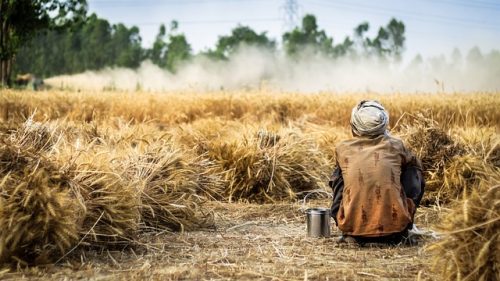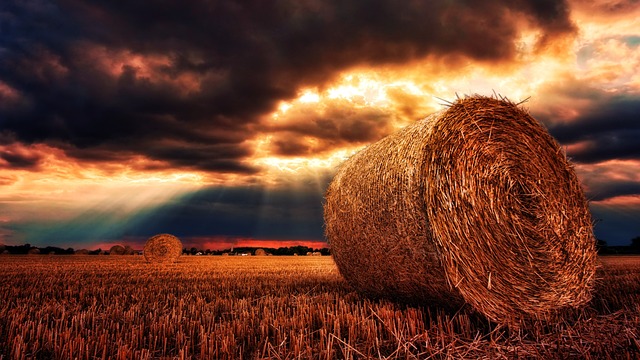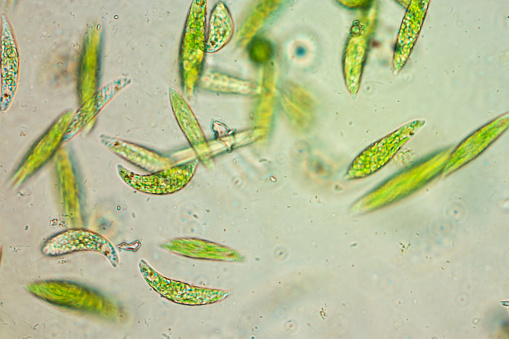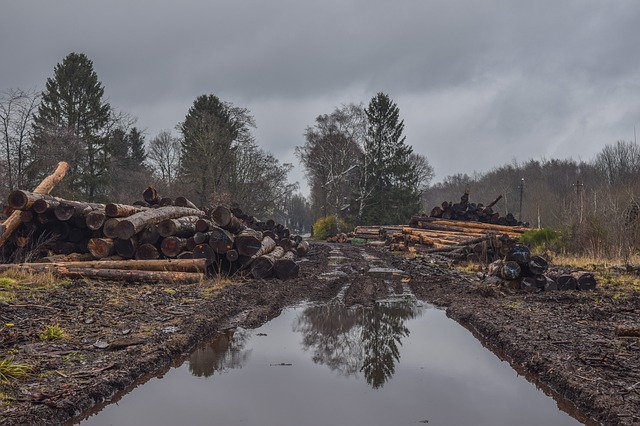Pre-Monsoon Crop Residue Burning in Pakistan – What is Crop Residue?
Crop residue, also known as stubble burning is the burning of crop remains on the field or agricultural land in order to clear land for the next crop.
Burning of crop residue is done in this manner not only because it is efficient, convenient and time saving for the farmers; but also mainly due to the very short time frame available for the plantation of the next crop before the monsoon season officially begins.

Pre-monsoon Crop Burning and why it happens – 2023 Stubble Burning
In India and Pakistan every year, during the months of April-May and October-November before the rainy season begins, crop residue is burned. This causes transboundary pollution – for more information, read: Impacts of Transboundary Pollution on Pakistan.
In 2023, the first of the crop residue burning season is just around the corner and will most likely begin in April-May to prepare the land for the next crop harvest.
During this time of April and May, this practice is common across the subcontinent in order to remove the crop residue/stubble from the agricultural lands and make way for the Kharif crops.
- Kharif crops are those that are planted just before the monsoon season begins. They grow during the entire summer and are ready by the pre-monsoon season of September-October. This is why Kharif Crops are also known as Monsoon Crops.
- In September and October, the cycle of crop burning may begin again to prepare for the pre monsoon season before the arrival of winter and to make way for the plantation of Rabi Crop (winter crop).
Kharif crops in Pakistan generally include rice, lentils, cotton, sugarcane and corn to name a few along with some vegetables like chili.
Out of 8.5 million tons of rice crop residue generated, about 5 million ton of rice crop residue is burned annually to plant the next crop. This creates a huge amount of smoke that lead to smog formation.
The farmers tend to burn the crop residue in large quantities and all at once that together contribute to the smog season that follows it.
Environmental Impacts of stubble/crop residue burning:
Although crop burning is considered to be the easiest and cheapest way of getting rid of the stalks and residues of the previously harvested crops; however, it is a practice that is hugely detrimental to the environment yet widely practiced and accepted in Pakistan.
Due to lack of awareness and care for the environment, over 90% of the farmers burn their crops on fields.
Farmers tend to opt for this method for land clearing not knowing that it is a major contributor to the following smog season. For more information: Lahore Smog is Killing Us -Harmful Impacts of Smog On Humans
Stubble burning and Smog season:
The crop fires cause huge amounts of air pollution containing particulate matter (PM2.5) and also lead to thermal inversion– a phenomenon in which the PM mixes with the dust, water vapor particles to create a heavy suspended atmosphere that causes difficulty breathing and other ailments. It is also the biggest contributor of black carbon that deposits on the glaciers.
- The crop burning in October-November after the Kharif Crop is harvested, is particularly worse as it leads to the aggravated and prolonged smog season during the winter.
Also check out: 10 Ways To Protect Yourself From Smog
Conclusion:
As of 2018, FAO (Food and Agriculture Organization) study reports show that the crop residue burning in Pakistan is responsible for at least 20% of the total emissions nationwide.
This problem of crop residue burning is particularly common in developing Asian countries that grow biannual crops. Many of these countries like Thailand for instance, even have a ‘Burning Season’ . In this, prior to the new crop plantation, the farmers burn all the residue and the result is heavy smog that causes respiratory ailments for the townsfolk and nearby residents.
Governments are required to provide better and more feasible alternatives and choices to farmers to get rid of their crop residue. As crop residue heavily impacts the air quality and causes environmental degradation. It contributes to smog formation twice a year that causes more deaths than any other factor.
For further reading, check out:
Sustainable Agriculture Practices and Their Advantages
What is Agroecology- Importance and Impact on Environment
I hope you all liked this post! Please comment below if you have any suggestions, comments, or feedback! We at #envpk love hearing from our readers! Thanks!




